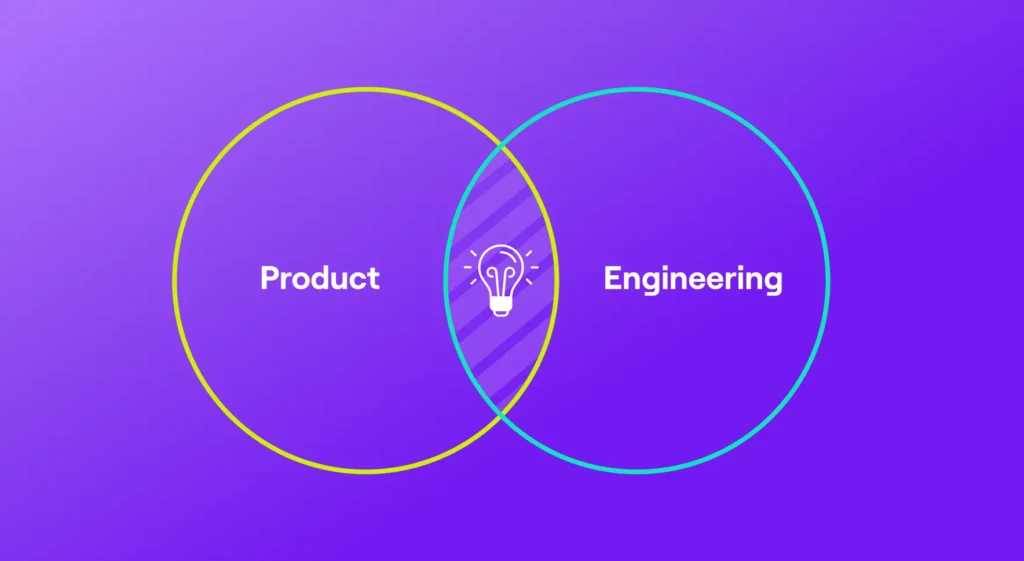Do we have trust issues?
It’s safe to say that here at Jellyfish, we pride ourselves on being comprehensive to the point of being exhaustive with our work. Naturally, this causes us to be skeptical when it comes to flashy pieces of marketing or statements that invariably seem “too-good-to-be-true.” Being an organization that emphasizes nuanced, highly contextual, data-driven decision-making, it naturally follows that we have a difficult time believing the outputs of simplistic value-realization calculators that are becoming more popular by the day.
To us, the output of any of these calculators usually sounds like, “buy our product for $20 a user, click your heels together, recite ‘there’s no place like a clear road to profitability,’ and voila you can now realize $22.59M in return on your investment!”
There’s a lot of hyperbole in that prior statement, but truthfully these types of calculators can feel a little bit TV infomercial-esque, simply fodder for marketing and sales teams to push a sale, which sets off our internal B.S.-o-meters to the max.
Oh, the irony…
The cruel twist to our natural skepticism is that we constantly hear the questions about return on investment and whether customers should build their own Engineering Management Platform (EMP) versus buying one off the shelf. These questions are posed to us by engineering leaders, procurement teams, and finance teams in order to help decide how to invest their limited resources, both time and capital.
On numerous occasions, the requests have covered a desire for financial justifications for buying an EMP versus building a tool in-house. The value of an Engineering Management Platform was clear enough; aligning engineering effort to business outcomes, tracking progress to those outcomes, and understanding the human factors within an engineering organization. The outstanding questions centered on whether these teams could or should build a tool themselves.
To address these questions in a more standardized manner; we talked to customers, performed primary research with our Jellyfish Research team, and studied industry trends and sentiment to generate a whitepaper that dives deep into every detail of building out an EMP. Our goal was to take an unbiased approach and to be as conservative as possible when it came to assuming resource allocations, design considerations, etc.
To us, the conservative nature in the basis for value-realization was the most important aspect to incorporate. The statement, ‘your mileage may vary’ is true for nearly everything, so any value realization statement should be a minimum value, not a maximum or even an average. We found this to be especially relevant when combing through the data to arrive at baseline values for build costs; at every opportunity we made the assumption that customers would conserve resources and optimize for cost efficiency and frugality. Even then, the results were a bit surprising to us.
So, what gives?
Spoiler alert: it’s not cheaper to build your own tool/platform to gain intelligence into an engineering organization. This may seem to be a biased perspective (You’re reading this on a Jellyfish blog – of COURSE we want you to buy our solution), but this fact is backed up not only by our own research, but also is a common outcome regarding any software tool that requires constant maintenance/functionality updates. Who’d have thought, but chasing integrations with a boatload of different data sources and solving for data ingestion at scale while making sense of that data is very hard and resource-intensive.
The net of whether to build or buy comes down to these two categories of consideration:
- Buy an EMP solution when the organization requires lower lifetime costs, efficiency and convenience of implementation, and utilization support of the solution.
- Build an EMP solution when the organization requires a significant amount of customized functionality and an absolute level of control over the solution.
We encourage you to check out the whitepaper which is laid out in a manner that should help map out the financial considerations to build versus buy, so you can make your own calculations. If you want consultation, to see some examples, to hear from those of us at Jellyfish that have spent the last five years tirelessly working to improve our data model and build the Jellyfish platform, we’d love to have that conversation. If you’d like to see the result of this work, be sure to check out our product tour, or request a demo today.






